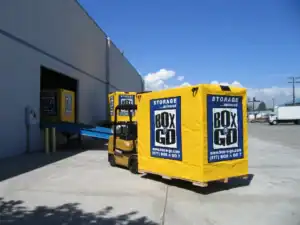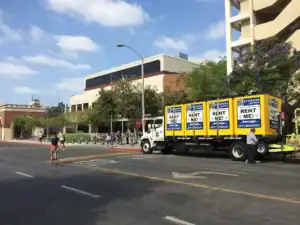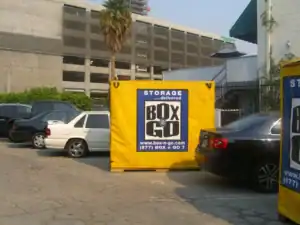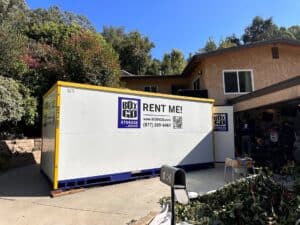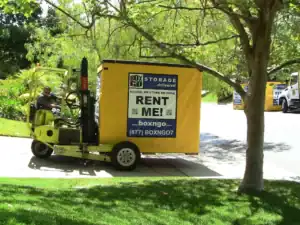Looking for long-term storage that’s secure, simple, and doesn’t chew up your weekends? In a dense city like West Hollywood, extra square footage is gold. Whether you’re planning a remodel, storing business inventory, or keeping heirlooms safe while you downsize, the right storage unit (and the right partner) turns stress into structure. This guide walks […]
